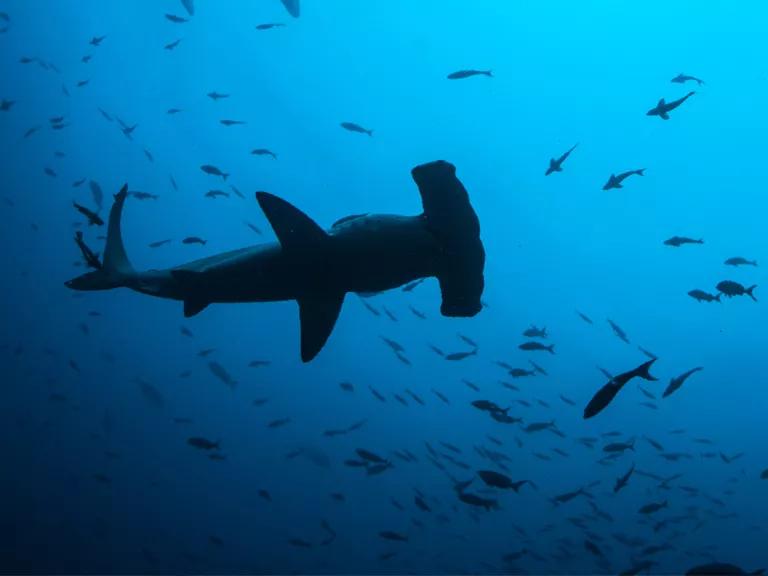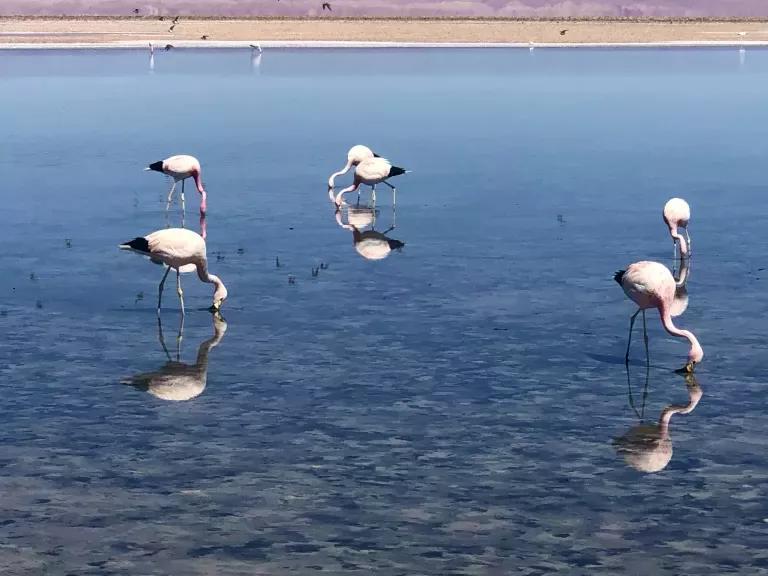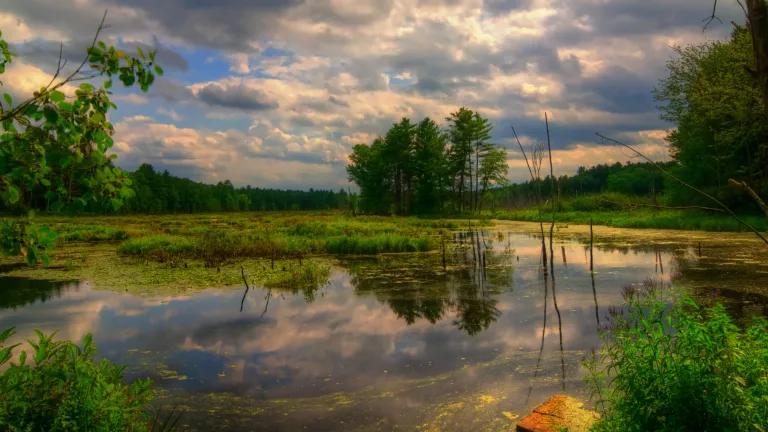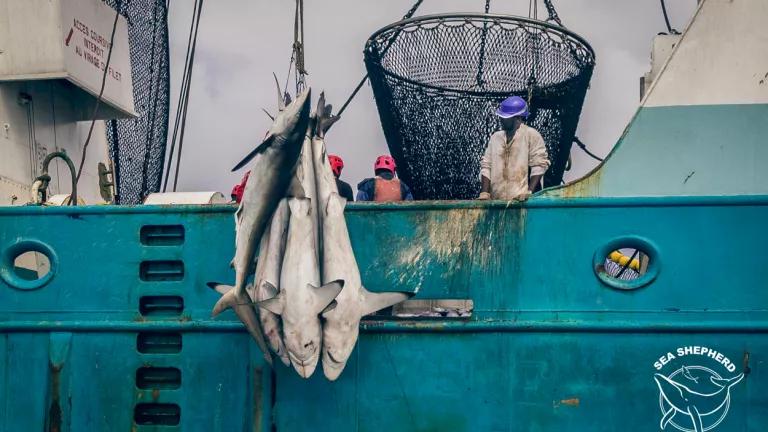Latin America's Biodiversity Is Critical for Global Goals
Latin America is one of the most biodiverse regions in the world. According to the United Nations Environment Program (UNEP), around sixty percent of global terrestrial life, and diverse freshwater and marine species, can be found within Latin America and the Caribbean.

Madeleine Audsley
Latin America is teeming with a variety of plants, animals, and forms of life. In fact, Latin America is one of the most biodiverse regions in the world. According to the United Nations Environment Program (UNEP), around sixty percent of global terrestrial life, and diverse freshwater and marine species, can be found within Latin America and the Caribbean. Protecting Latin America's biodiversity is key to meeting global climate goals.
Latin America houses three of the top five countries with the most bird, amphibian, mammal, reptilian, fish and plant life. The Amazon region alone houses 10 percent of the world’s biodiversity. And these are just the known species; researchers estimate that there are at least three times more plant species in the Amazon than are currently known. While the Amazon is perhaps the most obvious biodiversity hotspot, the rest of Latin America, from the jagged mountains of Patagonia, or the grasslands of the Chihuahuan Desert, to the Mesoamerican coral reef replete with fish and marine species, is extremely important for global biodiversity.
Sadly, there have been rapid declines in species abundance and rates of extinction continue to rise – attributable in part to habitat loss, agricultural expansion and intensification, and a high dependency on natural resources that leads to impacts like vegetation removal, water and soil pollution and contamination. Local and international air pollution also causes environmental concern throughout the region and climate change impacts on coral reefs have been observed. Marine life is also threatened; illegal fishing, overfishing and pollution are common problems in the waters of South America.
However, the UNEP also notes some important ways that Latin American countries have innovated to protect biodiversity. Among those, the region has implemented a range of low carbon sustainable development approaches, increased protected area coverage, and reined in illegal trade in wildlife.
This May 22, World Biodiversity Day, with the help of artist Madeleine Audsley, NRDC’s Latin America Project is celebrating some of the key flora and fauna that populate the region.
Every year, North American monarch butterflies journey 3,000 miles from Mexico's Sierra Madre mountains across the United States to Canada and back again. During this continental crossing, they pollinate and support healthy ecosystems. However, toxic herbicides like glyphosate are putting a stop to the monarchs’ migrations before they begin—decimating native milkweed plants that their caterpillars need to survive. Twenty years ago, their monarch population numbered almost one billion. But as use of the weed-killer glyphosate began to skyrocket, that number has dropped an alarming 80 percent. NRDC is not only urging people to help replant milkweed along the monarch migration route but also fighting the U.S. Environmental Protection Agency’s dangerous decision to allow the use of glyphosate and other toxic herbicides—which is bad for butterflies and people, alike.
The vaquita marina is the world’s smallest and most endangered porpoise. They are only found in the northern part of the Gulf of California, a narrow body of water 100 miles south of the U.S. border with Mexico. There are only about 10 vaquitas left in the world, mainly due to heavy fishing in the area. NRDC has been involved in several efforts to save the vaquita and force the U.S. government to enforce the Marine Mammal Protection Act, requiring government bans on seafood imports that harm marine mammals, who are highly threatened by gillnet fishing. Most recently, the U.S. expanded the Mexican seafood ban to continue to protect the vaquita’s habitat.
The Pacific grey whale migrates from the Arctic to their spring destination in the lagoons of Mexico’s Baja Peninsula. Every winter, hundreds of these 40-ton marine mammals make an epic 10,000-mile swim from their summer feeding grounds above the Arctic Circle to the coast of Baja California. It is the longest known migration of any mammal on earth. After they reach their destination, the whales breach the surface of the clear, green waters, spy-hop, interact with tourists on small fishing boats, and nurture newborn calves within this pristine and sheltered southern sea. NRDC successfully worked to preserve this habitat through combating industrial development plans. Now, San Ignacio is the last undisturbed whale lagoon along the Baja coast.
In the waters around Latin America, the scalloped hammerhead shark, a prehistoric looking creature, inhabits warm, temperate and coastal zones. They travel in schools of hundreds but are generally not considered dangerous. NRDC has worked to help curb illegal trade in shark fins, much of which passes through countries in the Western Hemisphere and threatens the scalloped hammerhead shark.
In South America, the jaguar, the Patagonian huemul, and the Andean flamingo are some of the continent’s most iconic species. Jaguars are the largest wild cat in the Western Hemisphere and exist in 18 countries in Latin America, from Mexico to Argentina. Most recently, in the Amazon region, jaguars have been threatened by the increase in forest fires, which destroys and fragments their natural habitats. The Andean flamingo, one of the rarest in the world, spends most of the day feeding off of whatever it can find in shallow lakes throughout the Andes. These beautiful pink birds are increasingly threatened by human activity, particularly mining. Even further south, the Patagonian huemul, an endangered species (due to habitat loss, reduction in range, and population fragmentation), has adapted to its habitat in the rugged southern Andes through developing short legs and stocky build. Its brown coat allows the huemul to blend into surroundings of dense shrubland.
Throughout the Western Hemisphere, it is imperative to help sustain and support these important plant and animal species. Scientists recommend that we protect 30 percent of the earth’s lands and 30 percent of its oceans by 2030 (30X30) to work toward a climate resilient future and restore critical ecosystems. To that end, the Convention on Biological Diversity (CBD) target of protecting 17 percent of terrestrial areas by 2020 has already been met by several Latin American countries including Ecuador, Panama and Peru. For marine life, the CBD targeted a 10 percent protection of coastal and marine areas; goals that have been met by Chile, Colombia and Mexico. Latin America is already a leader, yet more work is left to be done.





